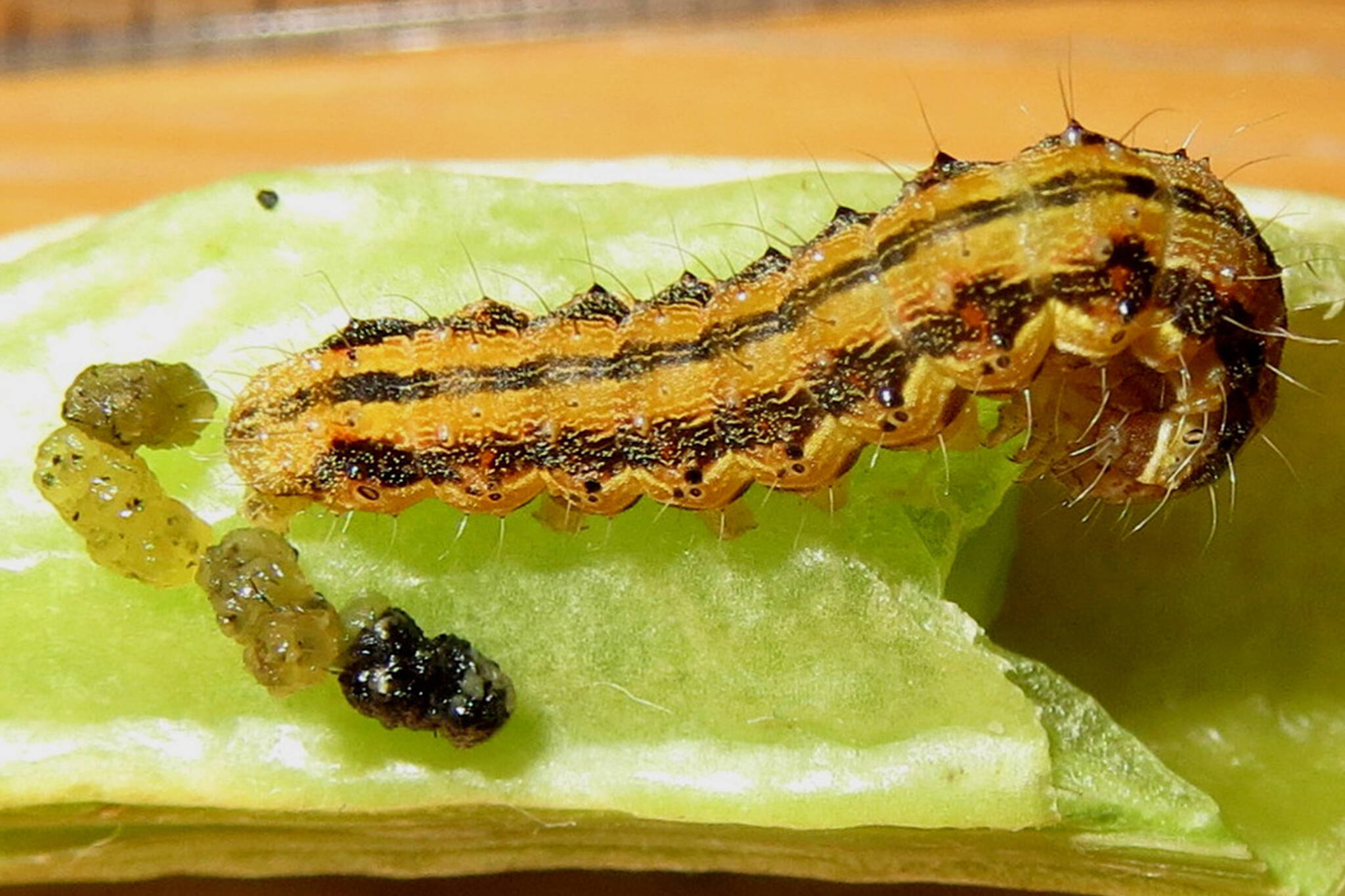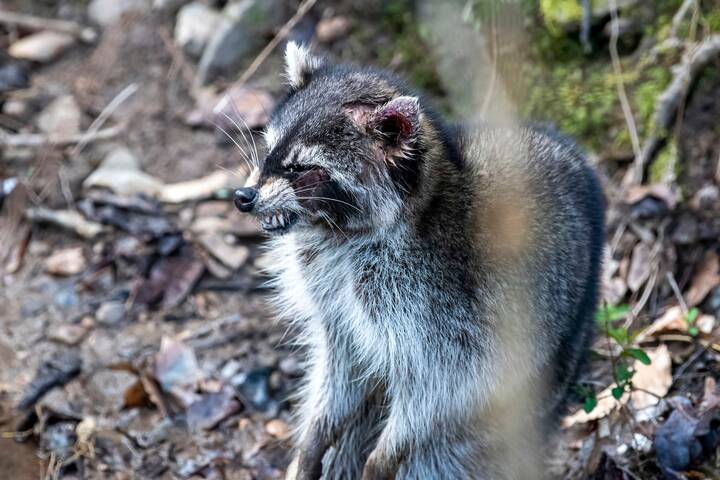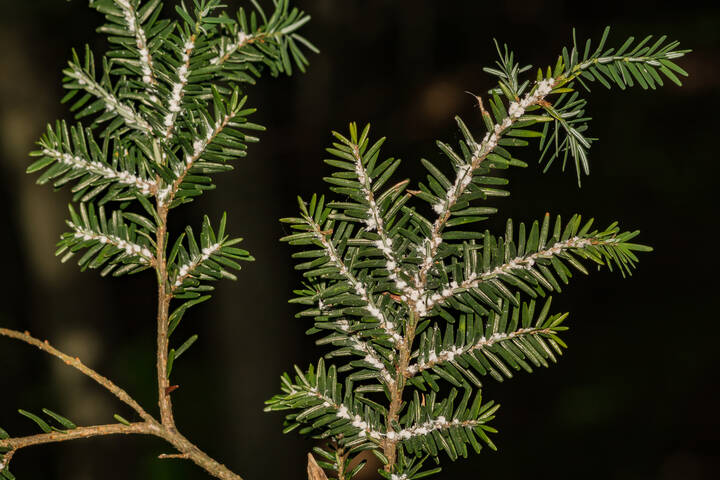
Chonky cannibal bug found in Ontario corn has toxic poo and is the stuff of nightmares
The next time you go to cook up a juicy cob of locally-grown corn, you might want to investigate the husks more carefully for corn earworms, a type of fat, hideous larva known to feast on the starchy vegetable — and to release an excrement toxic to humans.
One unfortunate individual came face to face with a few of the very unappetizing intruders in October when they were given some Ontario corn. The corn turned out to be not only rotten, but infested with the creepy bug, which consumers may not know is native to the province.
Also known as a cotton bollworm, tomato fruitworm and a handful of other names given its diverse diet, the corn earworm — formally Helicoverpa zea — is widely considered one of the most ruinous crop pests on the continent.
When the disgusted person posted their find on social media to try and find out what kind of creepy crawly they had on their hands, many were quick to jump in with jokes about the breed's colloquial name ("a song that corn can't get out of its head? Is it a pop song?" is among the top comments).
But, to farmers and even consumers, the corn earworm isn't much of a laughing matter.
Was gifted some corn and it was rotten, but it came with 5 of these guys! What are they?
byu/BonesandBites inwhatsthisbug
Aside from destroying hundreds of millions of dollars in crops each year and only feeding on the priciest plants (and the harvested portion of said plants), in the Helicoverpa zea's larval stage, its waste can be toxic for humans and animals.
Their mere presence can allow other pathogens to enter the corn — and they're even known to bite!
It is generally recommended not to harvest or consume any corn that has been host to the insect, which is hairy, nasty-looking, aggressive and even cannibalistic as a larvae.
After voraciously munching on an ear of corn for a few days — with usually only one bug per ear due to their savage nature — the larvae drop to the ground and pupate for around two weeks before emerging as a boring-looking moth, which makes its appearance in Canada during the summer months to lay its eggs, as it cannot overwinter here.
Latest Videos
Latest Videos
Join the conversation Load comments







